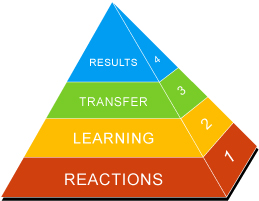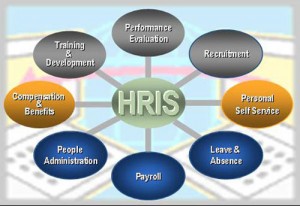The need for training and development of employees within an organization is not new to anyone. Training can help an employee integrate his goals with the goals and objective of the organization which in turn leads to improved productivity. Also, the business environment is dynamic. There is constant innovation in the field with new management models being used and with the integration of new technology with day to day managerial practices the need of the hour is to ensure that the employees stay up to date. This can be ensured through training and development. With training we can also prevent skill obsolescence and help the employee grow as an individual. But instead of talking about training methods we are going to talk about a particular training evaluation model.
Evaluation is a very integral part of training as it helps to determine the effectiveness of training. One such training evaluation model is the Kirkpatrick model. Kirkpatrick’s Four Level Evaluation Model was first published in a series of articles in 1959. According to Kirkpatrick this model was more like a technique for conducting the evaluation. The four levels comprise of:-
- Reaction- Reaction of learners’ to the learning process. Was the reaction positive or negative?
- Learning- What was the content that was learnt?
- Behaviour- Did the training bring about any changes in behaviour?
- Results- Finally, what were the results observed post training.
Many have criticized this model as being too simple however even with the advent of new technology and new tools this model still remains relevant. In the next article we will discuss the probable changes we could bring about in this model to make it more appropriate for the changing business environment.





4 Comments. Leave new
Good effort!
Nice article. Good to know about this topic.
Unique choice of topic..good one..
Nice topic.. well written..